Von Willebrand Disease Usmle
Von willebrand disease usmle. A 30-year-old woman presents with a recurrent history of nosebleeds and heavy menses. Factor VIII replacement contains von Willebrand factor. Symptomatic patients can be severely ill and need regular replacement therapy.
An increased predisposition to platelet-type bleeding from decreased amounts of von Willebrand factor. Disease good question hemophilia b platelet usmle step. To investigate the levels of D-dimerDD and von Willebrand factorvWF and the relationship between DD and vWF in ulcerative colitisUC patients.
Does not usually cause bleeding into joints or internal bleeding. VON WILLEBRAND DISEASE OVERVIEW von Willebrand disease VWD is a bleeding disorder. VWD is caused by deficiencies in von Willebrand factor VWF a critical adhesive haemostatic protein.
From Wikipedia the free encyclopedia ADAMTS13 a disintegrin and metalloproteinase with a thrombospondin type 1 motif member 13also known as von Willebrand factor-cleaving protease VWFCPis a zinc -containing metalloprotease enzyme that cleaves von Willebrand factor vWf a large protein involved in blood clotting. It also plays a. Evon Willebrand disease PTT BT prolonged with low or normal platelet count.
Von Willebrand disease VWD is the most common inherited bleeding disorder. The most common bleeding disorder is the mixed platelet and coagulation disorder von Willebrand disease vWD. This replaces the use of.
Affects approximately 1 of the population but only 001 is symptomatic. Von Willebrand disease -- A 20-year-old woman comes to the physician because of a 5-year history of heavy bleeding with menses that often requires her to change. Von Willebrand disease VWD is the most common inherited bleeding disorder yet diagnosis and management remain challenging.
The most common hereditary coagulation abnormality. However ever since she started taking aspirin she has been experiencing more and more nosebleeds.
Disease good question hemophilia b platelet usmle step.
Disease good question hemophilia b platelet usmle step. Von Willebrand factor vWF is produced by the Weibel-Palade bodies of endothelial cells and acts as a ligand for platelet adhesion. Development and use of bleeding assessment tools allows for improved stratification of which patients may require further assessment and which patients are most likely to require treatment of their VWD. An increased predisposition to platelet-type bleeding from decreased amounts of von Willebrand factor. A 30-year-old woman presents with a recurrent history of nosebleeds and heavy menses. Factor VIII replacement contains von Willebrand factor. The most common hereditary coagulation abnormality. Von Willebrand disease -- A 20-year-old woman comes to the physician because of a 5-year history of heavy bleeding with menses that often requires her to change. Factor VIII replacement is used if desmopressin is not effective and the bleeding continues.
Does not usually cause bleeding into joints or internal bleeding. Von Willebrand disease VWD is the most common inherited bleeding disorder. Von Willebrand factor vWF is produced by the Weibel-Palade bodies of endothelial cells and acts as a ligand for platelet adhesion. Von Willebrand disease VWD is the most common inherited bleeding disorder yet diagnosis and management remain challenging. Does not usually cause bleeding into joints or internal bleeding. VWD is caused by deficiencies in von Willebrand factor VWF a critical adhesive haemostatic protein. The answer to todays quiz question E.








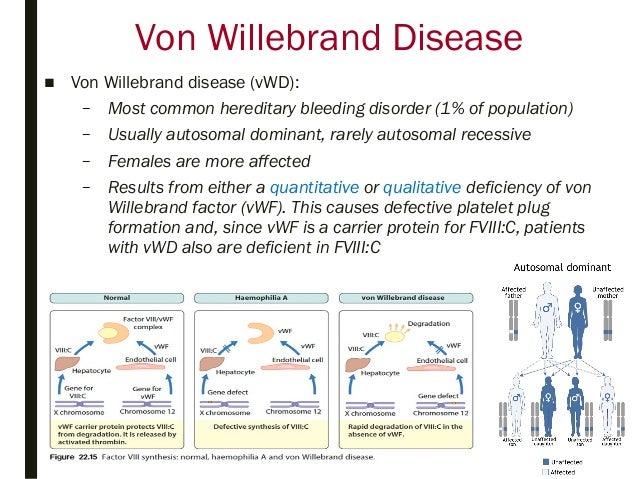



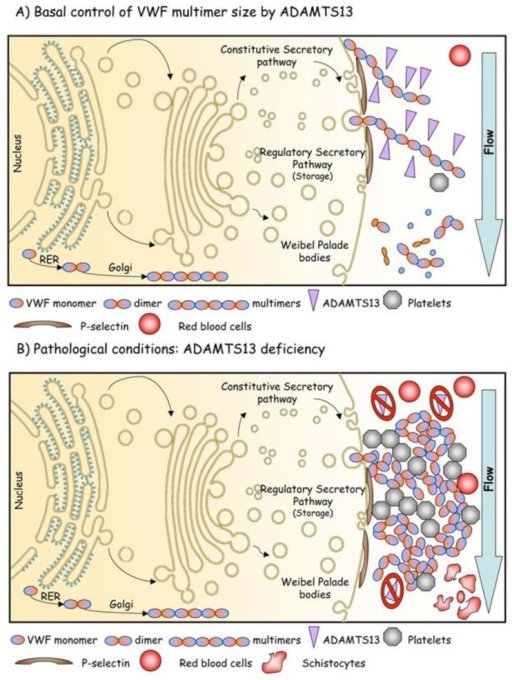















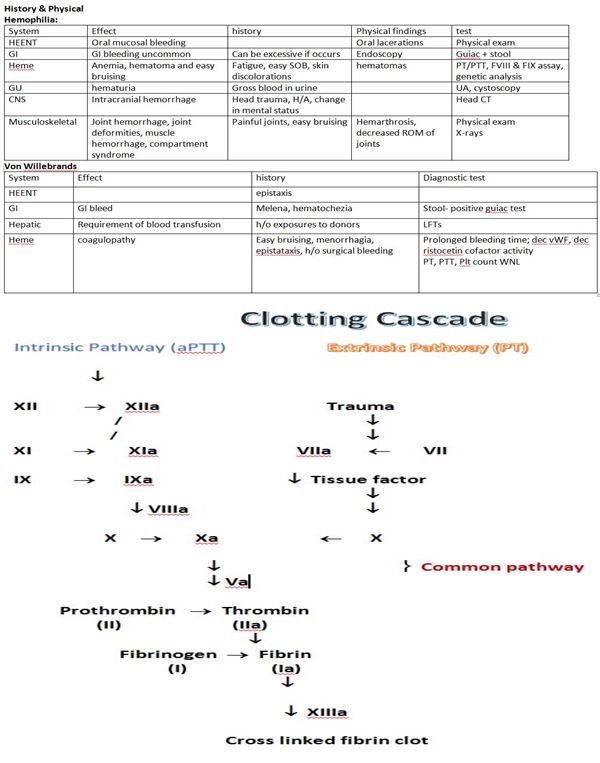






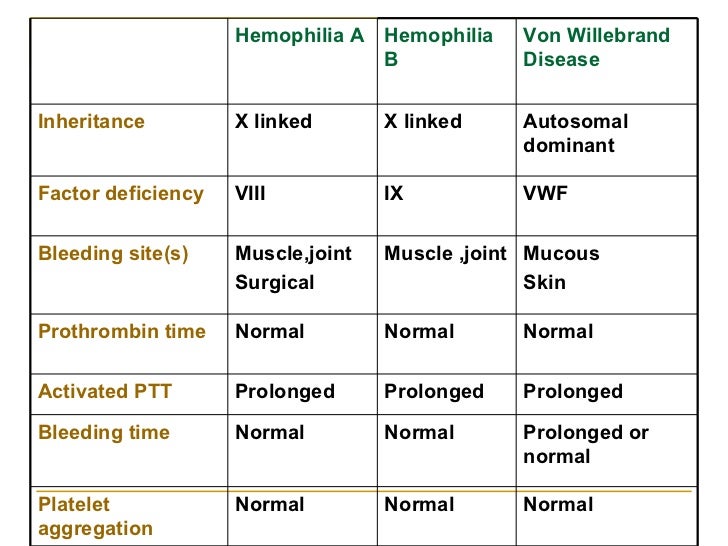



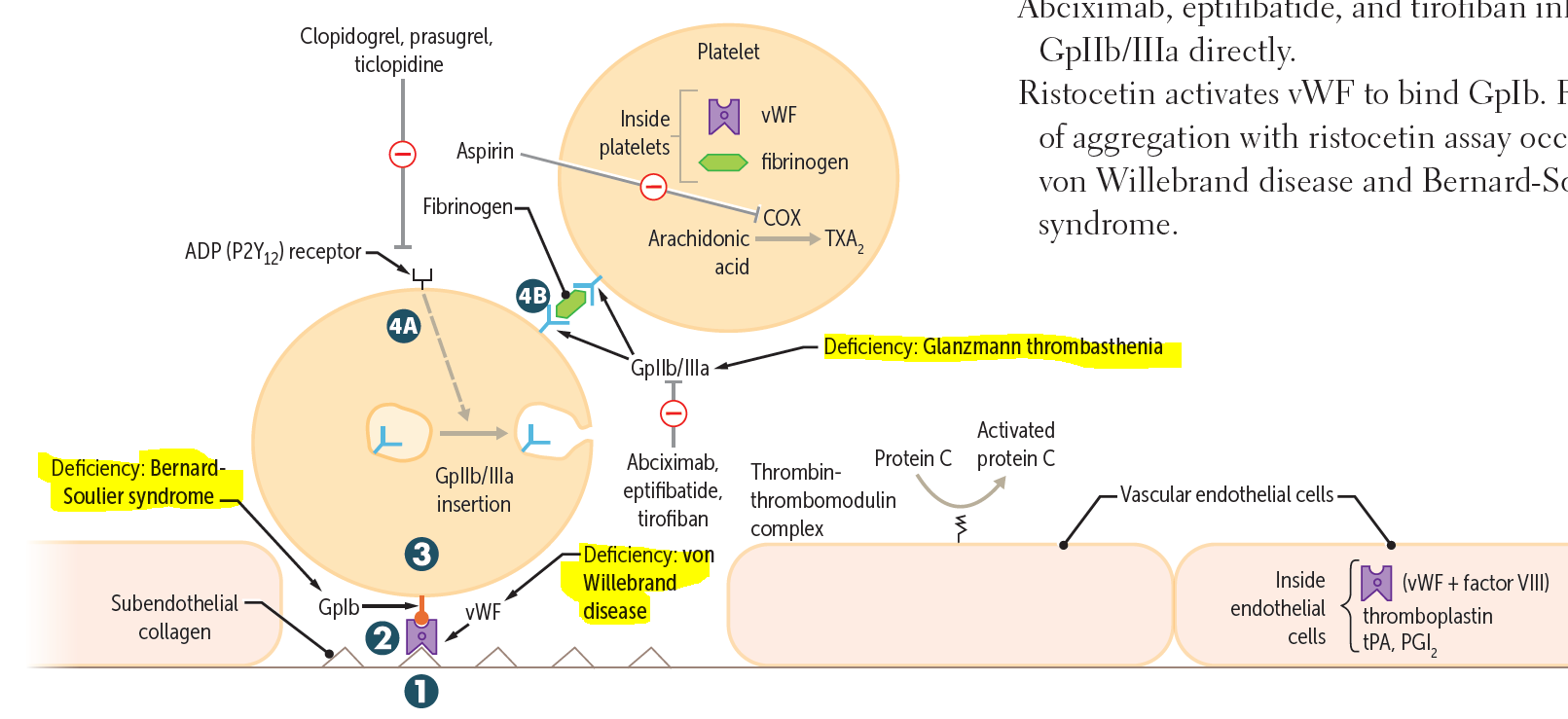


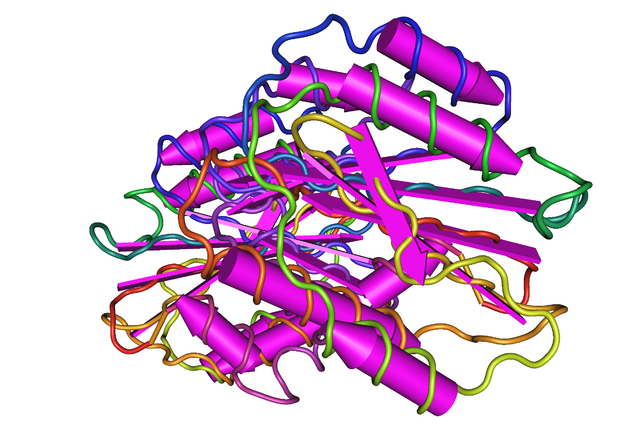

Post a Comment for "Von Willebrand Disease Usmle"